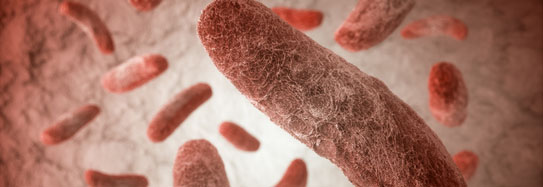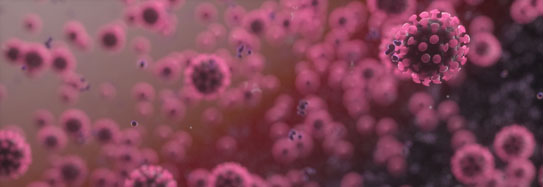Liver disease is an umbrella term for many diseases that affect the liver, the largest organ in your body. It’s on your right side, just under the bottom of your rib cage. Your liver plays an important role in your survival and you must have a liver to live, although you may be able to live with a partial liver. The liver actually has the ability to regenerate or grow back if not too much of it is damaged or removed.
Your liver processes or breaks down (metabolizes) many chemicals including nutrients, alcohol, and many drugs. It also:
- Makes important proteins
- Makes, stores, and processes fats and cholesterol
- Helps fight infections
- Metabolizes (breaks down) and stores carbohydrates for energy
- Makes and sends out bile, a greenish liquid that helps your intestine take nutrients from the food you eat
Certain liver diseases, such as cirrhosis of the liver, can increase your risk of developing an infection and sepsis.
Sepsis is a life-threatening emergency that happens when your body’s response to an infection damages vital organs and, often, causes death. Like strokes or heart attacks, sepsis is a medical emergency that requires rapid diagnosis and treatment.
Suggested Citation:
Sepsis Alliance. Sepsis and Liver Disease. 2024. https://www.sepsis.org/sepsisand/liver-disease/
Updated February 16, 2024.






































